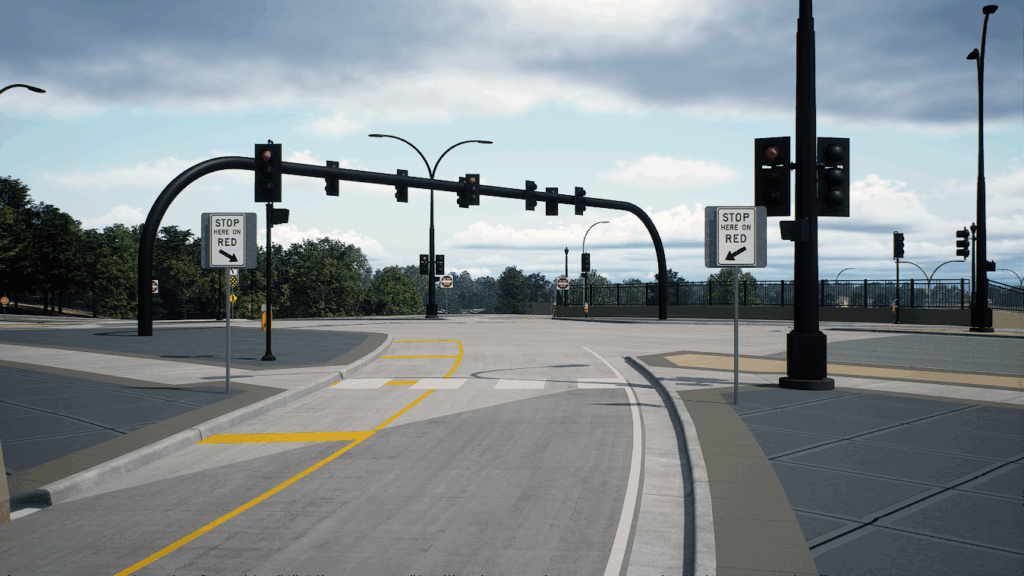Molly Just, Sr Planner, WSB
So, your comprehensive plan is done – and everyone is breathing a big sigh of relief. Now what?
A community’s comprehensive plan includes recommendations on land use, housing, and other areas that are described and enforced by that city’s zoning ordinance and subdivision ordinance. Without updating the zoning ordinance many planning goals may not be attainable. Zoning is important to promote and manage growth and to help residents and businesses manage expectations about what they and their neighbors can do with their property. Simply put, you can’t attain the development goals established in a comprehensive plan without a zoning ordinance.
A sense of relief and accomplishment at the end of the comprehensive planning process is understandable; it can take years to update a comprehensive plan. As a former local government planner, I have been asked many times if a plan will just “sit on the shelf.” This often stems from a lack of ability to build the plan. Zoning means different things to different stakeholders. For developers, zoning is a building tool. For residents, it is a tool used for protection from the unknown. For local government, it is a tool to promote the prosperity, health, and welfare of the whole community. For planners, zoning is a tool to achieve the plan goals. Turning a comprehensive plan into a reality can be largely based on the zoning ordinance. An update to the zoning ordinance should be incorporated when updating a comprehensive plan.
Here are four reasons to update your zoning ordinance:
- An update leads to increased buy-in from elected officials and community stakeholders. Planning is a visionary process. If stakeholders know that the zoning comes next, they may be more likely to participate and stay involved. The zoning ordinance puts plans into action.
- It helps ensure the zoning work will be completed and budgeted for in advance of planning fatigue that can overwhelm the late phases of updating the comprehensive plan.
- The comprehensive plan visioning may be stronger with the knowledge that zoning should occur immediately following completion. The comp plan will be more targeted to the conditions of the community and supported by stakeholders and elected officials. In other words, visions are rightsized to the community.
- The plan visions may be sooner realized. Oftentimes planning fatigue and competition for staff time and resources result in zoning updates being pushed off for months or years, potentially resulting in legal challenges or extended project timelines.
And beyond just planning for the zoning update, here are six reasons to update your zoning ordinance:
- Legal protection. Zoning decisions that have no basis in the comprehensive plan are more successfully challenged in court. There must be a rational basis for zoning decisions and requirements. Additionally, cities in the Twin Cities metropolitan area must comply with the Metropolitan Land Planning Act which imposes certain mandatory zoning and regulatory requirements and requires that zoning directives harmonize with and not contradict the comprehensive plan.
- To reflect federal and state law pertaining to land use and zoning. For example, how we regulate non-conformities has changed in Minnesota, with local authority over non-conformities weakening. Also, legal decisions regarding signage impact how local government reviews sign applications.
- To incorporate plain language and resolve internal conflicts that are the result of decades of incremental updates. The use of plain and clear language to define uses and terms strengthens the legal standing of ordinance interpretations.
- To address confusing concepts that have led to inconsistent application of code. Modern zoning codes use graphics to illustrate concepts such as setbacks, lot coverage, and floor area ratio.
- To adapt to societal changes that conflict with narrow use categories and single-use zoning, such as allowing home offices, businesses, accessory units, and accessory structures within homes and on single-family lots.
- To incorporate best practices in land use and development that focus on how a building fits into its context and ways to mitigate use conflicts rather than narrowly legislate use of private property.
Although, there are many factors that determine how quickly a comprehensive plan can become a reality, zoning is certainly not a factor to discard.




